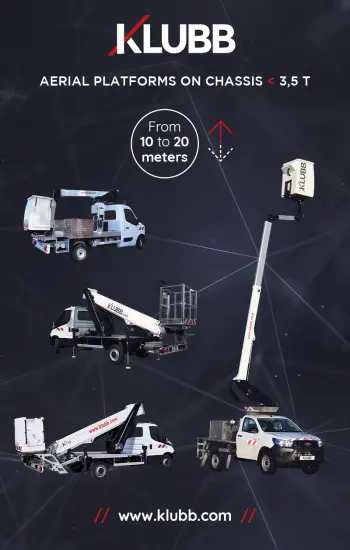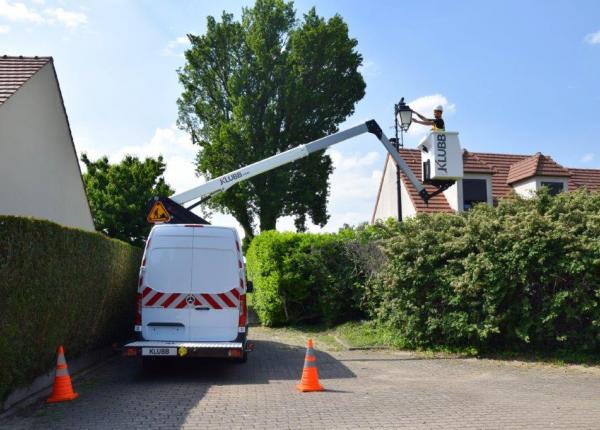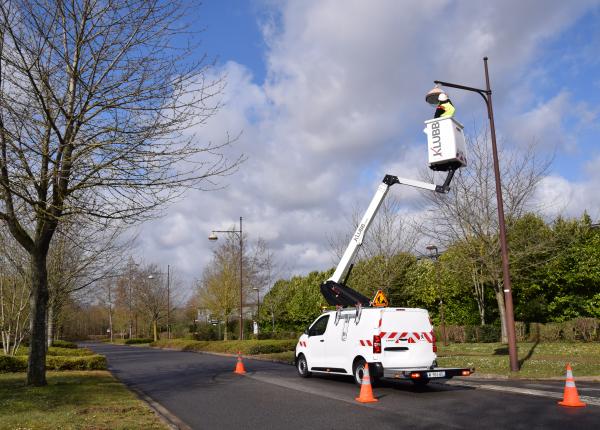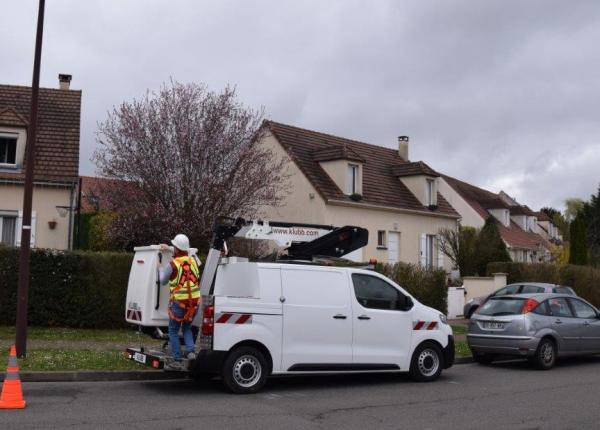
The aerial work platform has become an indispensable tool for professionals working at height. Nevertheless, its CO2 emissions can vary depending on the chosen energy source. In this article, KLUBB Group compares the carbon footprints of different aerial work platforms (thermal, hybrid, and electric) to help you identify the most ecological and sustainable options.
Thermal Aerial Platform
The thermal aerial work platform, powered by internal combustion engines (ICE), emits approximately 217 g of CO2 per kilometre. Additionally, the noise and vibrations it generates can affect the comfort of the operator and nearby residents. It is also important to note that certain areas, known as Low Emission Zones (LEZ), are now inaccessible to thermal vehicles.
Hybrid Aerial Platform
The hybrid aerial work platform, on the other hand, emits around 161 g of CO2 per kilometre, which is 25% less than the thermal alternative. It also offers greater flexibility by alternating between the use of the electric motor and the combustion engine to maximise energy efficiency. Life cycle analysis (LCA) shows that electric and hybrid platforms have a lower carbon footprint throughout their life cycle.
Electric Aerial Platform
The electric aerial work platform stands out due to the absence of CO2 emissions during use, making it the ideal tool for urban environments. However, it should be noted that their carbon footprint may depend on the source of electricity used for recharging. Finally, the impact of lithium-ion battery production is offset by the low emissions during the life cycle of the aerial work platform.
In conclusion, electric and hybrid platforms offer a more ecological alternative and significantly reduce CO2 emissions, thereby helping to mitigate the effects of climate change.




